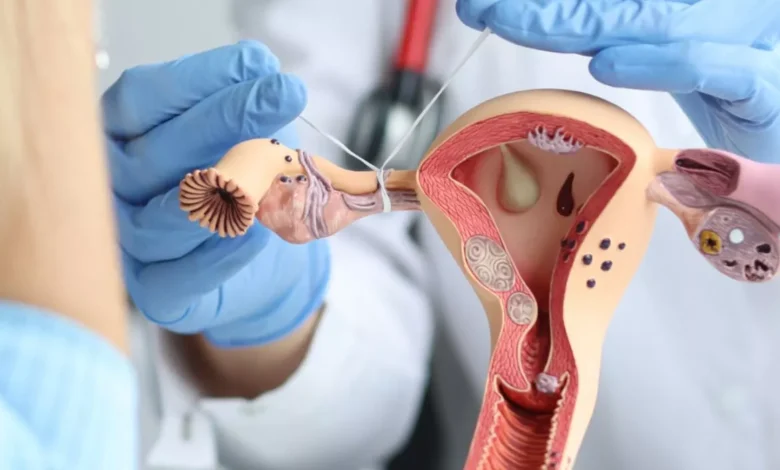The Science Behind Tubal Reversal: What Research Says

If you’ve had your tubes tied and are now considering restoring your fertility, you might be wondering if it’s possible. Tubal reversal is a surgical procedure that gives many women hope of conceiving again.
Before making any decisions, it’s important to understand the science behind it. Research has shown promising results for women who are good candidates.
Keep reading to explore what science says about tubal reversal, from success rates to key factors that impact outcomes. If you’re serious about growing your family again, this guide will help you take the next step.
Understanding Tubal Reversal Surgery
Tubal reversal is a procedure that reconnects the fallopian tubes after a tubal ligation. The goal is to restore the natural path for the egg to meet the sperm. Surgeons use microsurgical techniques to carefully reattach the tubes.
This type of surgery is typically done through a small incision in the lower abdomen. Research shows that many women regain tubal function after this procedure. Success depends on the remaining length and condition of the fallopian tubes.
How Age Affects Success Rates
Age plays a big role in the success of tubal reversal. Women under 35 generally have higher pregnancy rates after the procedure. As women get older, both egg quality and quantity decline.
Research suggests that the chances of conception drop significantly after age 40. Despite this, some older women still achieve pregnancy. A consultation can help determine your chances based on age and other factors.
Importance of Fallopian Tube Health
The condition of your fallopian tubes directly affects the results of the surgery. Tubes that were minimally damaged during ligation are more likely to be restored. Scar tissue and blockages can lower the chances of success.
Studies show that women with healthy tubal segments have better fertility outcomes. Surgeons often assess this through imaging or during surgery itself. Finding the best tubal reversal doctor ensures that your tubes are evaluated with care and skill.
Success Rates and Research Findings
Research shows that success rates vary depending on several factors. Women who had certain types of tubal ligation procedures may have better chances. For example, clips or rings are easier to reverse than cauterization.
Studies report pregnancy success rates ranging from 40% to 80%. The surgeon’s experience also plays a role in outcomes. Good post-surgery care can further support successful pregnancies.
Comparing Tubal Reversal to IVF
Some women consider IVF an alternative to tubal reversal. IVF involves fertilizing an egg outside the body and placing it in the uterus. Tubal reversal allows for natural conception and can be a more affordable long-term option.
Research compares the two and finds that tubal reversal may offer higher cumulative pregnancy rates for younger women. IVF may be better for women with other fertility issues. It’s best to speak with a specialist to weigh your options.
Recovery and Follow-Up After Surgery
Recovery after tubal reversal usually takes about two to four weeks. Most women return to normal activities soon after. Follow-up visits help ensure the tubes are healing properly.
Some doctors may recommend imaging to check tubal patency. Research supports close monitoring as a key part of successful outcomes. Staying healthy and following your doctor’s advice can improve your chances.
Learn About the Science Behind Tubal Reversal
Tubal reversal offers many women a second chance at natural pregnancy. While results vary, science supports the effectiveness of this procedure for the right candidates. If you’re ready to explore this option, speak with a specialist and learn more about your unique situation.
For more topics, you can check our blog!



